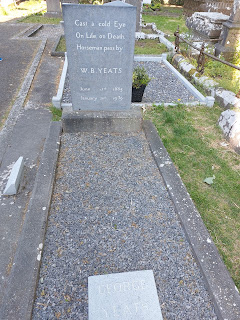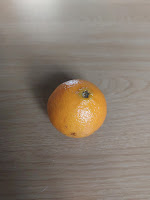I read Weeds by John Walker yesterday. A friend of my wife gave me some books that belonged to her late husband and I will review them when I read each one over these dark nights and wet none gardening days, except for the polytunnel of course.
I found the book very informative and it's a good way of knowing what is growing in your soil. He suggests you make a bare soil area in your garden and see what grows there. Even overgrown allotments were once cultivated bare soil.
For example if you have sheep sorrel growing in your grass it means the ground is very acidic.
Buttercups are a sign of very wet soil often found in pastures. There is a weed grass called Yorkshire Fog. It's a pale and fat bladed grass found in lawns. I know that from when I worked on a golf course and I can identify many kinds of weeds.
The author like myself doesn't use weedkillers and recommends hand weeding, sheet mulching composting weeds especially nettles which will add fertility to your ground.
He also like my self when I visited Dorset noticed fields of cereal growing in land sprayed with pesticides and herbicides are devoid of wildlife in the middle unlike the untouched hedgerows which are habitat s of birds, butterflies and insects and also how bird numbers have dropped so rapidly due the weedkillers and pesticides no longer providing food for living creatures like birds.
There is a section about Japanese Knotweed and whilst it is invasive and destructive to buildings it is also a great habitat for mammals and insects like nettles are for Butterflies.
It's what I would call a browse and dip in book like a lot of gardening books are. I enjoyed reading the book and I would recommend it to anyone wants to know what grows in their soil and doesn't want to use chemicals to kill them. It was published in 2003.
A good earth and nature friendly book.









.jpg)
.jpg)
.jpg)




.jpg)



